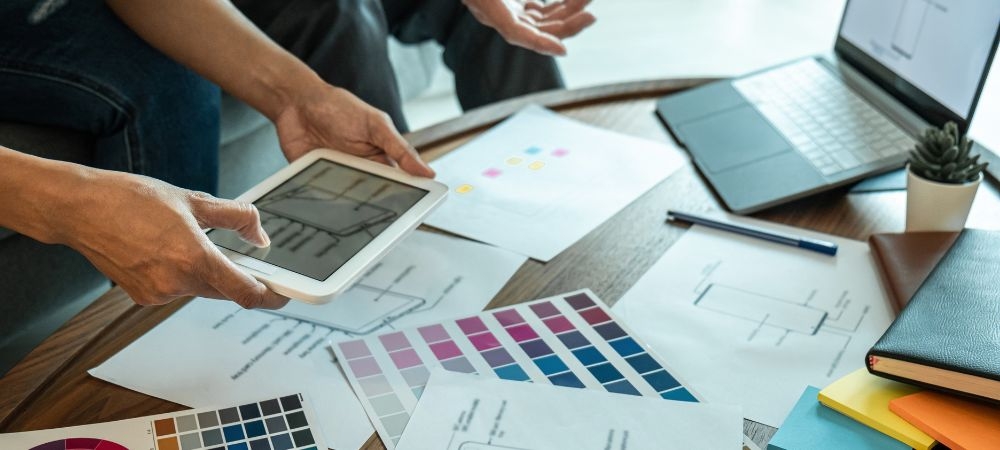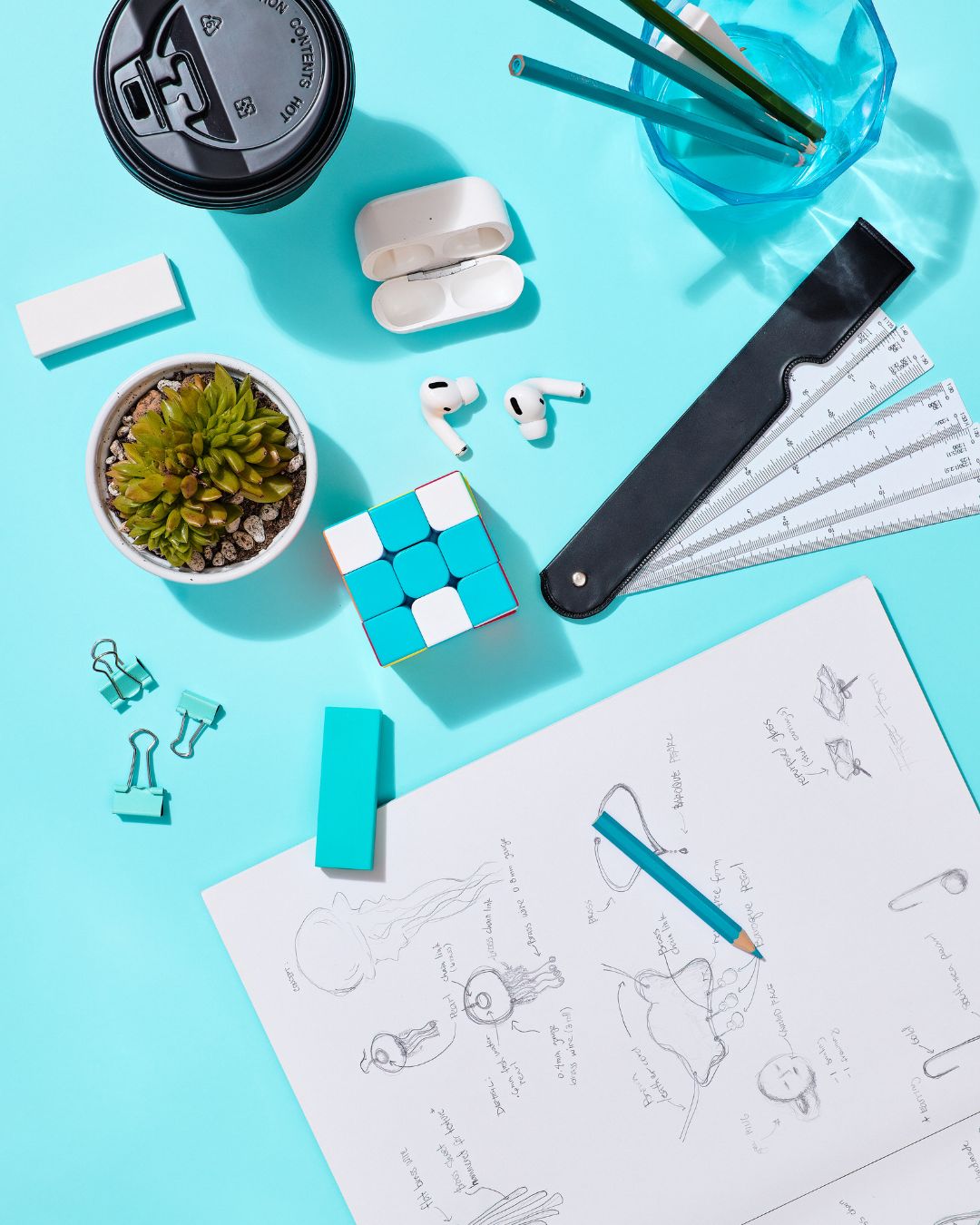

Typography, man, is super important in visual communication, ya know? It ain't just about the words you use, but how you present 'em. The style of the text can really make a big difference in how people perceive your message. Gain access to further information check it. Like, if you use a fancy script font for a formal invitation, it sets a whole different vibe than if you used a bold sans serif font for a poster.
The size and spacing of the letters can also affect how easy it is to read something. If you cram all the text together or make it too small, people are gonna have a hard time making out what it says. And that's not gonna get your message across very well.
Typography can also help create hierarchy in your design. By using different fonts and sizes for headings, subheadings, and body text, you can guide the viewer's eye through the information in a way that makes sense. It helps break up the content and make it more digestible.
So next time you're working on a design project, don't forget about the importance of typography. It might seem like a small detail, but it can have a big impact on how effective your visual communication is.
Typography has been around for centuries, evolving and changing over time. It ain't a static thing that just stays the same. The history of typography is fascinating, with different styles and techniques developing as society changed.
Back in the day, people used to write everything by hand. Can you imagine how long that must have taken? But then along came printing presses and boom - typography was born! It revolutionized the way we communicate and made things a whole lot easier.
As time went on, different fonts and designs started popping up. Each one had its own unique style and flair. And designers started playing around with spacing, size, and color to create visually appealing text.
Today, typography plays a huge role in design. It sets the tone for a piece of work and can convey emotions without even using words. From sleek modern fonts to classic serif styles, there's something out there for everyone.
So next time you see some cool typography on a poster or website, take a moment to appreciate the history behind it. Typography ain't just about letters on a page - it's an art form that has evolved over time to become what it is today.
When it comes to crafting stunning visuals that truly grab the audience's attention, there is no denying the impact they can have.. From vibrant colors to dynamic compositions, these visuals play a crucial role in capturing and maintaining the viewer's interest.
One of the key techniques for creating visually striking content is to pay attention to detail.

Posted by on 2024-04-24
Color theory is like, super important in graphic design, you know?. It can totally make or break a design.

Posted by on 2024-04-24
Typography is so important in creative design, right? The principles of typography are like the rules that we follow when using fonts and text in our designs. These principles help us to create visually appealing and easy-to-read content for our audience.
One of the key principles of typography is contrast. This means varying the size, weight, and style of fonts to create visual interest and hierarchy. By using contrasting elements, we can draw attention to important information and guide the viewer's eye through the design.
Another principle is alignment. Proper alignment helps to establish a sense of order and organization in our designs. When text is aligned correctly, it makes it easier for the reader to navigate the content without feeling overwhelmed or confused.
Typography also plays a role in setting the tone and mood of a design. The choice of font can convey different emotions and messages to the viewer. For example, a sleek sans-serif font may be used for a modern and minimalist look, while a decorative script font could evoke a more elegant and traditional feel.
In conclusion, understanding the principles of typography is essential for creating visually appealing and effective designs. By following these guidelines, we can communicate our message clearly and engage with our audience in a meaningful way. So next time you're working on a design project, remember to consider how typography can enhance your work!

Fonts play an important role in design, providing a unique style and personality to any project. There are various types of fonts that can be used for different purposes, each with their own characteristics and usage.
Serif fonts are commonly used for body text in print materials such as books and newspapers due to their readability. They have small lines or decorative features at the end of strokes, giving them a more traditional and formal appearance.
Sans-serif fonts, on the other hand, do not have these embellishments and are often used for digital content and modern designs. They are clean and simple, making them easy to read on screens.
Script fonts mimic handwriting and add a touch of elegance to invitations, greeting cards, or other decorative elements. They can be cursive or calligraphic in style.
Display fonts are bold and eye-catching, perfect for headlines or logos where you want to make a statement. They come in a variety of styles from vintage to futuristic.
Choosing the right font for your design is crucial as it sets the tone and conveys the message you want to communicate. Mixing different types of fonts can create visual interest but should be done carefully to avoid looking cluttered or overwhelming.
Overall, understanding the different types of fonts and their usage can help you elevate your designs and make them stand out. So next time you're working on a project, take some time to consider which font will best convey your message!
Typography plays a crucial role in shaping the user experience of a website or any other digital platform. The impact of typography on user experience cannot be underestimated. When it comes to designing a website, choosing the right fonts and typefaces can greatly affect how users perceive and interact with the content.
The typography used on a website can convey emotions, establish hierarchy, and guide users through the information presented. A well-chosen font can make reading easier and more enjoyable for users, while a poorly chosen one can lead to frustration and confusion.
For example, using a clean and simple sans-serif font for body text can improve readability, while a decorative script font may be difficult to read at small sizes. Additionally, using different font weights and styles can help draw attention to important information or create visual interest on the page.
Moreover, typography also plays a role in branding and establishing the overall aesthetic of a website. Consistent use of fonts across all pages can help reinforce brand identity and make the site feel cohesive and professional.
In conclusion, typography has a significant impact on user experience. By carefully selecting fonts that are easy to read, visually appealing, and consistent with the brand's identity, designers can create websites that engage users and enhance their overall experience.


When it comes to incorporating typography in creative projects, it's important to follow best practices. Typography plays a crucial role in how a design is perceived by the audience, so getting it right can make or break a project.
One of the key things to keep in mind is choosing the right font for the message you want to convey. Don't just pick any old font - take some time to find one that fits the tone and style of your project. And remember, less is often more when it comes to fonts - using too many different ones can make your design look cluttered and confusing.
Another thing to consider is spacing and alignment. Make sure your text is easy to read by leaving enough space between lines and paragraphs, and aligning everything properly. Nothing screams unprofessional like text that's all over the place!
And finally, don't forget about hierarchy. Use different font sizes, weights, and styles to create visual interest and guide the viewer's eye through your design. This will help highlight important information and create a more dynamic layout.
So next time you're working on a creative project, make sure you're incorporating typography best practices! Your design will thank you for it.